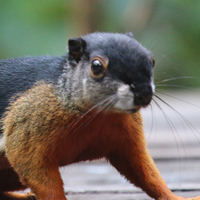Tanjung Puting National Park, where Orangutan Foundation International has worked for over 30 years, and its surrounding area is home to a beautiful array of diverse flora and fauna including… Continue reading The Captivating Flora and Fauna of Tanjung Puting National Park
The Captivating Flora and Fauna of Tanjung Puting National Park



